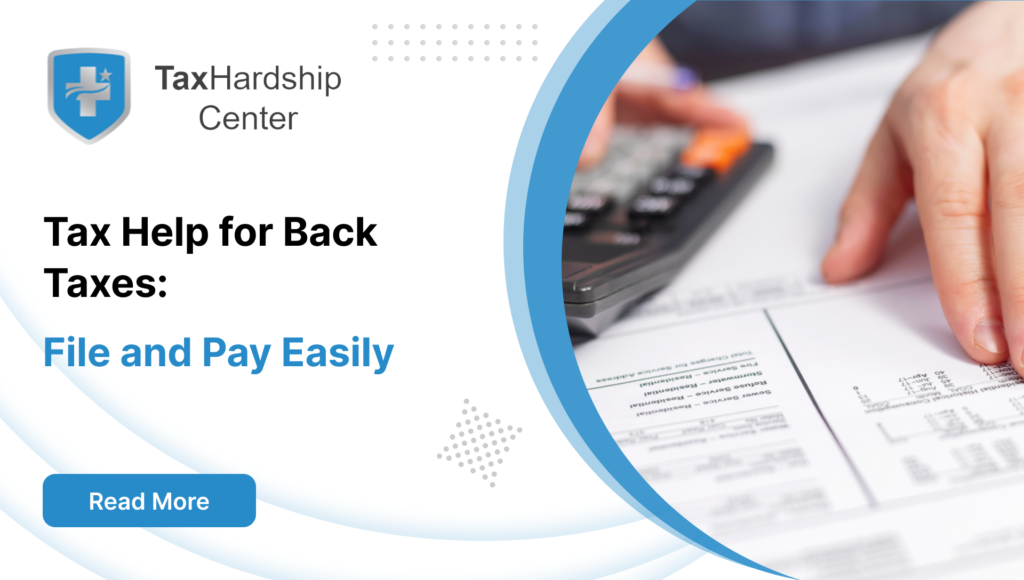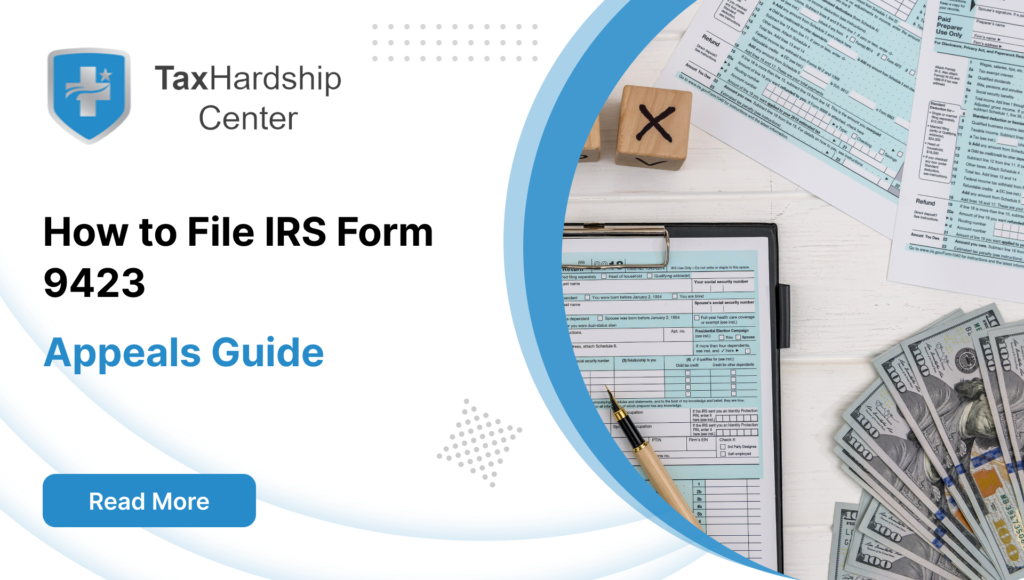As global awareness of climate change and environmental sustainability continues to rise, the transition to green energy has gained significant momentum. Governments worldwide are implementing various policies to encourage the adoption of renewable energy sources, with tax credits at the forefront of these strategies. These incentives aim to reduce the financial burden associated with green energy investments, making it more accessible for both individuals and businesses.
Let’s analyze green energy tax credits, including the different types of credits available, the eligibility criteria, the process for claiming these credits, and the broader impact on the economy and environment.
What are Green Energy Tax Credits?
Green energy tax credits are the government’s financial incentives to encourage the adoption of renewable energy sources. These credits directly reduce the tax owed, making green energy investments more appealing. Tax credits play a crucial role in promoting sustainable practices and reducing reliance on fossil fuels by lowering the initial cost of these investments. Fostering the green energy sector aims to support the environment and stimulate economic growth.
Types of Renewable Energy Qualifying for Credits
Several types of renewable energy sources qualify for tax credits. These include:
- Solar Energy: Solar panels and solar water heaters are eligible for tax credits, making it easier for homeowners and businesses to harness the sun’s energy.
- Wind Energy: Wind turbines installed on residential or commercial properties can qualify, helping to generate clean electricity from wind power.
- Geothermal Energy: Geothermal heat pumps used for heating and cooling systems are covered, providing a sustainable option for temperature regulation.
- Hydropower: Small-scale hydropower systems may also be eligible, allowing flowing water to produce electricity.
- Biomass: Biomass stoves and systems that use organic materials for energy can qualify, offering an alternative to traditional fossil fuels.
Tax Hardship Center: Simplifying Green Energy Tax Credits
Unveiling the full potential of green energy tax credits can feel like navigating a maze. At Tax Hardship Center, we understand the complexities of tax regulations and are here to help you maximize the benefits of your eco-friendly investment.
Our team of experts can assist with:
- Green Tax Credit Optimization: We’ll help you navigate the ever-changing landscape of federal and state green energy tax credit programs to ensure you claim every available deduction.
- Streamlined Application Process: Leverage our expertise in completing green tax credit forms and documentation to avoid confusion and ensure a smooth application process.
- Ongoing Tax Support: We’ll be by your side throughout your green energy journey, providing ongoing guidance and ensuring compliance with the latest tax regulations.
Focus on positively impacting the environment; we’ll handle the complexities of green energy tax credits. Schedule a free consultation with the Tax Hardship Center today and unlock the full potential of your sustainable investment.
Residential Clean Energy Credit
Eligibility and Qualifying Expenses
The Residential Clean Energy Credit is designed to help individuals offset the cost of renewable energy installations in their homes. To qualify for this credit, the property must be residential and owned by the taxpayer. Qualifying expenses include equipment, installation, and labor costs for renewable energy systems such as solar panels, wind turbines, and geothermal heat pumps. This credit aims to make green energy solutions more affordable for homeowners, encouraging widespread adoption.
How to Claim the Credit
Claiming the Residential Clean Energy Credit involves several steps:
- Gather Documentation: Collect all receipts, invoices, and proof of payment for the installation and equipment. Proper documentation is crucial to ensure that all eligible expenses are accounted for.
- Fill Out the Required Forms: Complete IRS Form 5695, Residential Energy Credits, and attach it to your tax return. This form details the expenses and helps calculate the credit amount.
- Submit Your Tax Return: Include Form 5695 with your federal tax return and submit it to the IRS. Ensure that all information is accurate to avoid any issues with your claim.
Tax Incentives for Electric Vehicles
Credits for New and Used Electric Vehicles
Tax credits are available for new and used electric vehicles (EVs). The credit amount varies depending on the battery capacity and the manufacturer’s sales volume. For new EVs, credits can range from $2,500 to $7,500. Used EVs can also qualify for a smaller credit, incentivizing the purchase of pre-owned electric vehicles. These credits make EVs more financially accessible and encourage consumers to switch to cleaner transportation options.
Impact on Monthly Payments and Overall Cost
These tax credits significantly reduce the overall cost of owning an electric vehicle. By lowering the initial purchase price, taxpayers can enjoy reduced monthly payments. The long-term savings from reduced fuel and maintenance costs make electric cars attractive to environmentally conscious consumers. This financial relief helps accelerate the shift towards sustainable transportation, contributing to lower greenhouse gas emissions.
Business Incentives for Green Energy
- Deductions for Energy-Efficient Buildings
Businesses that invest in energy-efficient buildings can benefit from several tax deductions. The Energy-Efficient Commercial Buildings Deduction (Section 179D) allows businesses to deduct the cost of energy-efficient property improvements, such as lighting, HVAC systems, and building envelope upgrades. These deductions reduce businesses’ taxable income, providing a significant financial incentive to adopt green building practices.
- Credits for Renewable Energy Production
Businesses that generate renewable energy can also take advantage of tax credits. The Production Tax Credit (PTC) and the Investment Tax Credit (ITC) are two significant incentives for businesses involved in renewable energy production. The PTC provides a per-kilowatt-hour credit for electricity generated by qualified renewable energy facilities. At the same time, the ITC offers a percentage-based credit for installing renewable energy systems. These credits support the growth of the renewable energy sector and help businesses reduce their carbon footprint.
Maximizing Tax Benefits
- Combining Credits and Deductions
Individuals and businesses can combine various credits and deductions to maximize tax benefits. For example, a homeowner installing solar panels can claim the Residential Clean Energy Credit while benefiting from state-specific incentives. Businesses can combine energy-efficient building deductions with renewable energy production credits to optimize their tax savings. This strategic approach ensures that taxpayers make the most of the available incentives, enhancing the financial viability of green energy investments.
- Planning for Phasedown Schedules
Many green energy tax credits have phasedown schedules, where the credit amounts gradually decrease over time. Planning investments strategically to take full advantage of these credits before they are reduced is essential. Staying informed about legislative changes and upcoming phasedown schedules can help taxpayers make timely decisions. By understanding the timelines, individuals and businesses can maximize their benefits and avoid missing out on valuable incentives.
State-Specific Incentives
While federal tax credits are a great starting point, take notice of the significant potential of state-specific incentives to supercharge your green energy investment’s return on investment (ROI). Here’s a breakdown of why you should prioritize state-level programs:
- Stacking the Savings: State incentives often work in conjunction with federal tax credits, creating a powerful one-two punch for lowering your project costs. For example, let’s say a state offers a 20% tax credit on top of the 26% federal solar Investment Tax Credit (ITC). This effectively reduces your upfront costs by a staggering 46%!
- Variety of Incentives: State programs go beyond tax credits. You might find rebates that provide upfront cash back, grants that offset project costs, or even property tax exemptions that deliver long-term savings on your green energy system.
- Targeted Programs: Many states offer incentives geared towards specific renewable energy technologies or project types. For instance, a state might have a program promoting geothermal heating systems or rooftop solar installations for residential properties.
Finding Your State’s Green Bounty: Here are some resources to kickstart your research:
- Database of State Incentives for Renewables & Efficiency (DSIRE): This comprehensive website from the U.S. Department of Energy (DOE) provides a state-by-state breakdown of renewable energy incentives, including tax credits, rebates, grants, and loan programs https://www.dsireusa.org/.
- State Government Websites: Many websites have dedicated sections outlining their renewable energy initiatives and incentive programs.
- Clean Energy Advocacy Groups: Local clean energy advocacy groups are valuable resources for staying up-to-date on the latest state-specific incentives and can often provide personalized guidance.
Remember: State programs can change frequently, so ensure you access the most current information before finalizing your investment plan. By combining federal and state incentives, you can significantly enhance the financial viability of your green energy project and contribute to a cleaner, more sustainable future.
Common Misconceptions and Pitfalls
Debunking Myths
Several misconceptions surround green energy tax credits. One common myth is that these credits are only available to wealthy individuals and large corporations. In reality, many credits are accessible to average homeowners and small businesses. Another misconception is that the application process needs to be simplified. While it requires careful documentation and attention to detail, the process is manageable with the correct information and resources. Understanding the facts helps dispel these myths and encourages broader participation in green energy initiatives.
Avoiding Mistakes
When claiming green energy tax credits, it is crucial to avoid common mistakes. These include failing to keep proper documentation, missing deadlines, and not understanding eligibility requirements. Consulting with a tax professional can help mitigate these risks and maximize your tax benefits. Adequate planning and professional advice can help navigate the complexities of tax credits and avoid potential pitfalls.
Future of Green Energy Incentives
Legislative Changes
Recent legislative changes like the Inflation Reduction Act have significantly updated green energy tax credits. These changes aim to extend and expand existing credits, making green energy investments more accessible and appealing. Staying informed about these legislative changes is crucial for taxpayers looking to take advantage of the latest incentives. These updates reflect the ongoing commitment of governments to support the transition to renewable energy.
Anticipated Trends
As the global focus on sustainability and climate change intensifies, we can anticipate further growth in green energy incentives. Governments will likely introduce new policies and expand existing programs to accelerate the transition to renewable energy. This trend presents ongoing opportunities for individuals and businesses to benefit from green energy tax credits while contributing to a more sustainable future. Staying ahead of these trends ensures taxpayers can take advantage of emerging incentives.
Conclusion
Investing in green energy offers numerous benefits, from reducing environmental impact to providing significant financial savings through tax credits and incentives. By understanding the various tax benefits available, individuals and businesses can make informed decisions that maximize their returns on investment. As legislative changes and emerging trends continue to shape the landscape of green energy incentives, staying informed and proactive will be key to taking full advantage of these opportunities. Ultimately, the positive impact on personal finances and the environment underscores the growing importance of green energy investments in building a sustainable future.
Why Tax Hardship Center?
1. Hassle-Free Assistance:
Say goodbye to sleepless nights and endless tax-related stress. At the Tax Hardship Center, we believe in simplifying the complex. Our team of experts is dedicated to guiding you through every step of the process, ensuring that your tax concerns are met with precision and care.
2. 14-Day Money Back Guarantee:
We’re so confident in our ability to ease your tax worries that we offer a 14-day money-back guarantee. If, for any reason, you’re not satisfied with our service, we’ll gladly refund your investment. Your peace of mind is our top priority!
3. Free Consultation:
Are you curious about how we can transform your tax experience? Book a free consultation now! Our team will assess your situation, answer your questions, and provide free insights tailored to your needs.
4. Nationwide Coverage:
No matter which corner of the United States you call home, the Tax Hardship Center covers you. We proudly serve all 50 states, bringing our expertise to your doorstep. Wherever you are, our commitment to excellence follows.
FAQs:
1. What are green energy tax credits?
Green energy tax credits are financial incentives governments provide to promote the adoption of renewable energy sources. These credits reduce the tax owed, making green energy investments more affordable.
2. Which types of renewable energy qualify for tax credits?
Several types qualify, including solar energy (solar panels, solar water heaters), wind energy (wind turbines), geothermal energy (heat pumps), hydropower, and biomass (stoves and systems using organic materials).
3. How can I claim the Residential Clean Energy Credit?
To claim this credit, homeowners need to gather documentation such as receipts and invoices for installation costs, complete IRS Form 5695, and submit it with their tax return to the IRS.
4. What tax incentives are available for electric vehicles?
New and used electric vehicles qualify for tax credits based on battery capacity and manufacturer sales volume, reducing upfront costs and encouraging adoption.
5. What are common mistakes to avoid when claiming green energy tax credits?
Avoid mistakes like inadequate documentation, missing deadlines, and misunderstanding eligibility requirements. Consulting a tax professional can help navigate these complexities.








